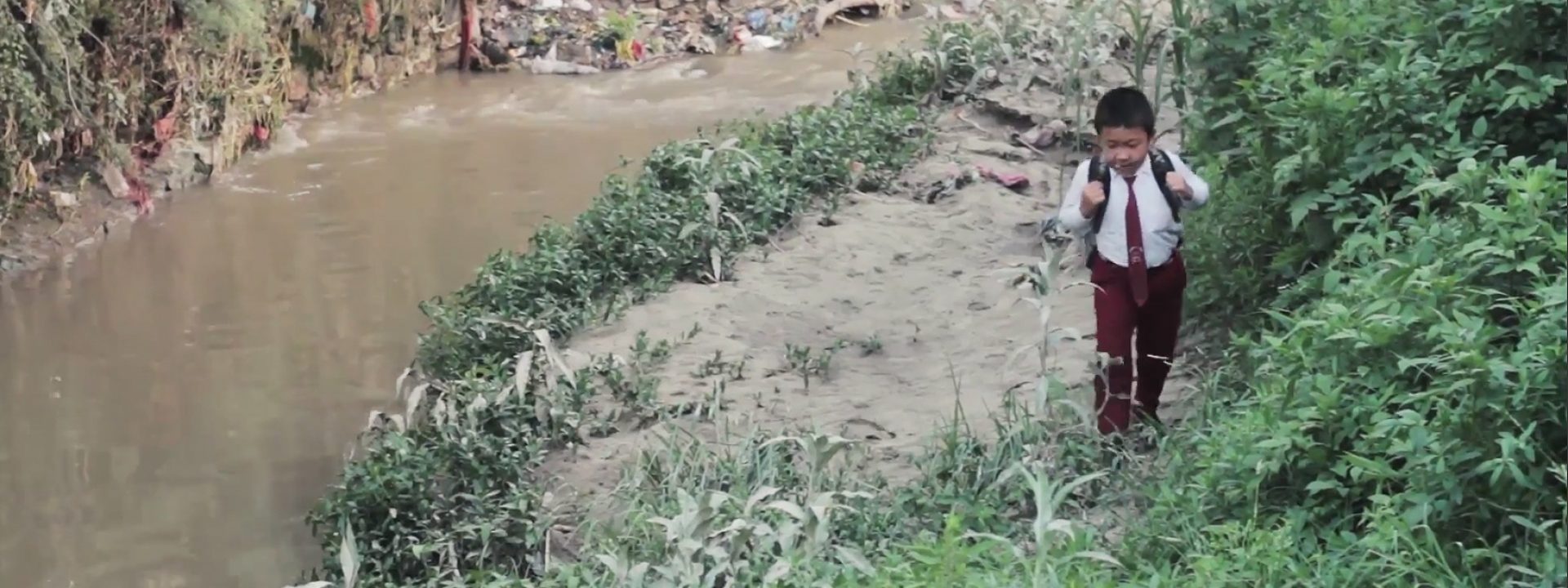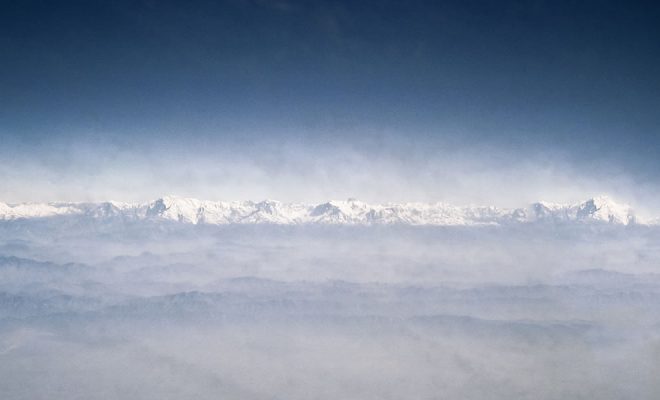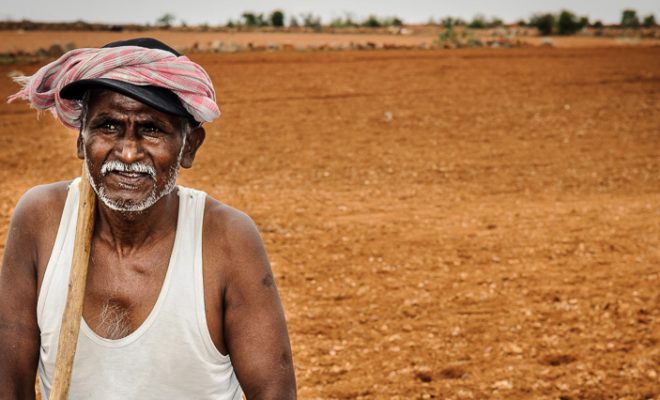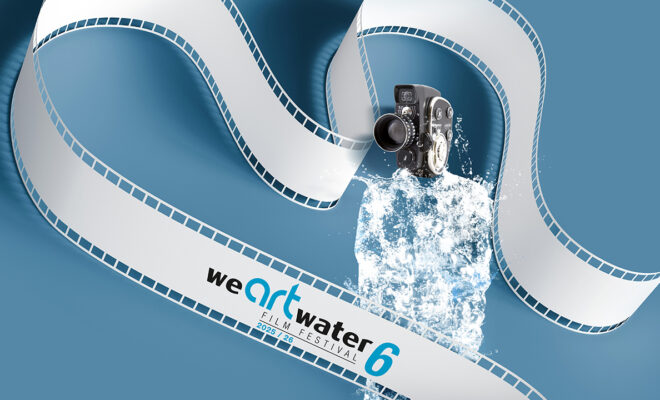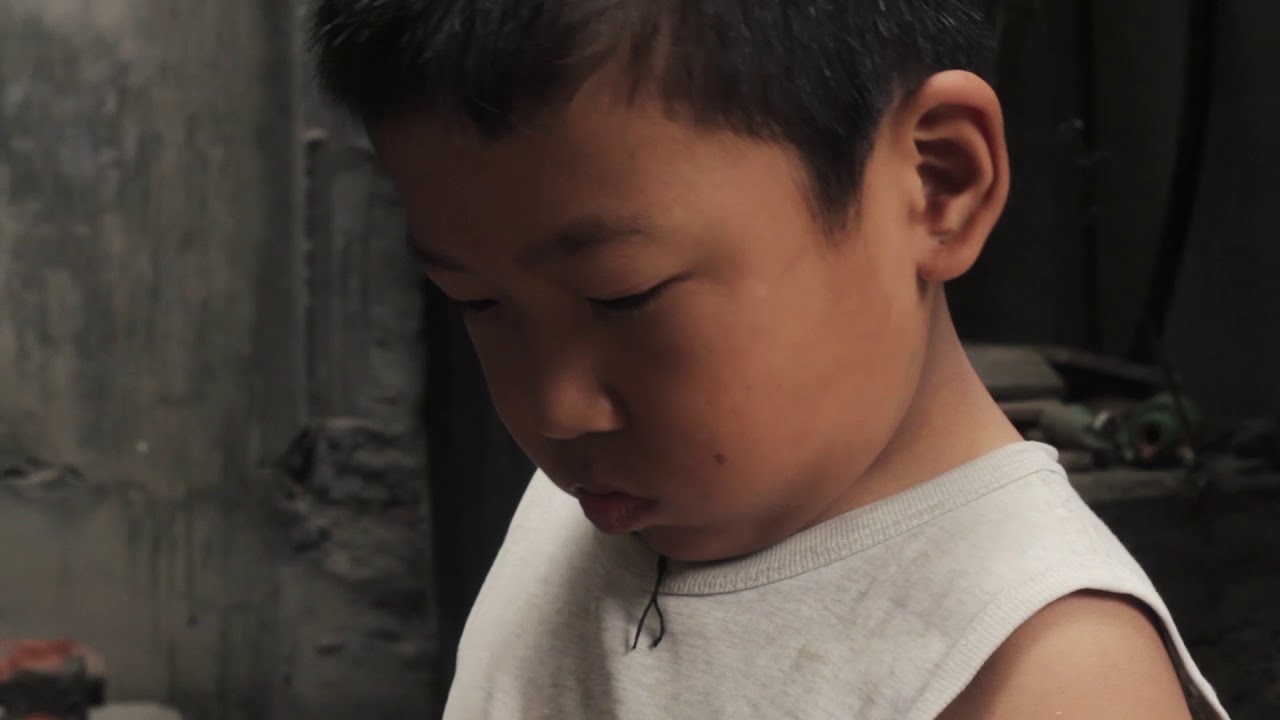
In Color of Water, humor serves to ironically denounce the unacceptable situation in many countries, such as Nepal, where urban development has failed to take into consideration the water supply to citizens.
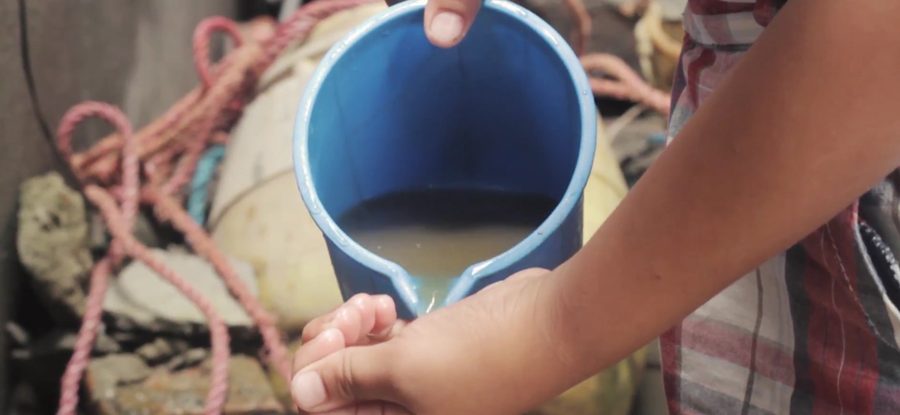
Sabin Maharjan was inspired by the life of many schoolchildren in the capital Kathmandu, his home town, who experience the daily reality of the poor quality of water and poor sanitation. Around 150 tons of waste are generated in the city every day and dumped uncontrollably into the rivers. A population of over one and half million inhabitants lives around the city and according to the Central Bureau of Statistics of the Government of Nepal, one in five families does not have access to a domestic water source and two thirds of the households live with an inadequate water supply.
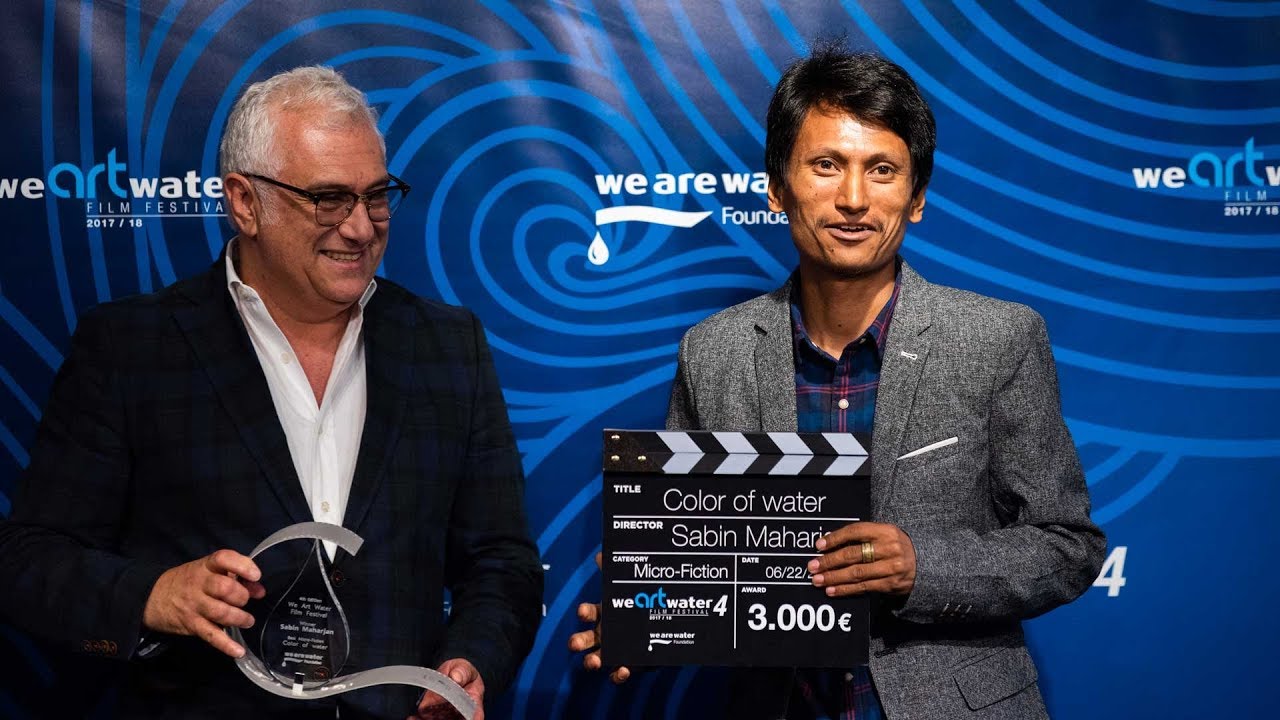
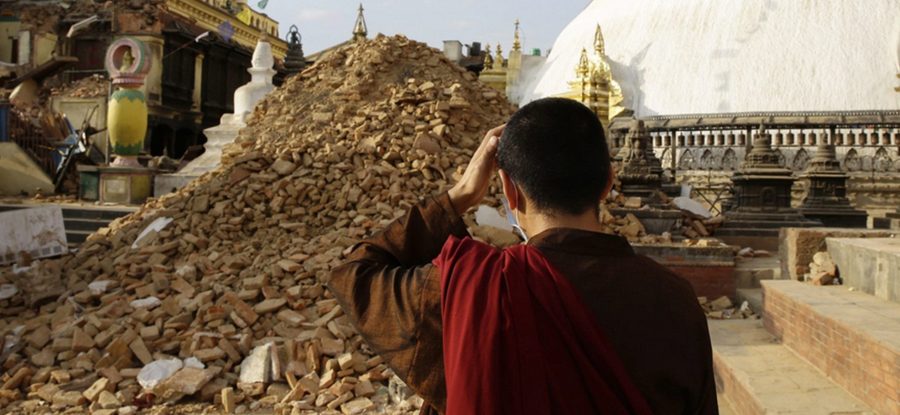
©Oxfam
The situation in Nepal denounced by Sabin’s short film is similar to the one in Colombia, where the film by Nicolás Durán, winner of the micro-documentary category, takes place: the paradox of the lack of access to water in those countries with more available water. According to the International Institute of Water
Management in Kathmandu, Nepal has 2.7 % of the freshwater available on Earth, making it the second country, after Brazil, with the highest water reserves in the world.
Every year, 8.6 million cubic meters of water from the basins of the Himalaya mountain range flow through Nepal’s territory, meaning that each Nepalese has a theoretical availability of 9,000 cubic meters (9 million liters) per year. This is a much higher rate than in India, which is 1,519 cubic meters, or in Spain, which reaches 2,400.
On the other hand, Nepal’s climate generally depends on the monsoon season, from June to September, whose winds also determine the melting of the Himalayas. Due to this, the instability of the monsoons caused by climate change is a threat to the water safety of the country. The melting of nearly 3,000 glaciers and lakes in the highest mountains in the world that feed over 6,000 rivers and streams is being disrupted. Ice can be found at a higher altitude, casting a great deal of uncertainty on the future of the huge water flow that supplies more than one billion inhabitants, downstream, in India and Pakistan.
Another factor for uncertainty for cities in Nepal is their location in one of the areas with more seismic activity and risk in the world. This results in a constant threat for the safety of their inhabitants and for the integrity of the water supply and sanitation facilities. This threat became a reality on the 25 th April 2015 with an earthquake of magnitude 7.8 on the Richter scale with epicenter in the Lamjung district, 81 km northwest of Kathmandu. Its impact was severe, with over 7,000 deaths and more than 9.5 million people in need of humanitarian aid. The lack of water and food led to 2.8 million internally displaced persons, and thousands of migrants that fled to Kathmandu to escape ruin.
The We Are Water Foundation collaborated with World Vision in a project with the aim of supplying water cans that allowed around 1,500 families to transport and store water to survive. The Foundation also collaborated with Oxfam International on another project to provide water and sanitation for those affected by the earthquake.Even today, the consequences of that natural disaster are visible, but experience has allowed the development of less vulnerable supply and sanitation systems, and the design of more effective intervention protocols in the country with the highest and purest water sources in the world.
The We Are Water Foundation collaborated with World Vision in a project with the aim of supplying water cans that allowed around 1,500 families to transport and store water to survive. The Foundation also collaborated with Oxfam International on another project to provide water and sanitation for those affected by the earthquake.Even today, the consequences of that natural disaster are visible, but experience has allowed the development of less vulnerable supply and sanitation systems, and the design of more effective intervention protocols in the country with the highest and purest water sources in the world.


